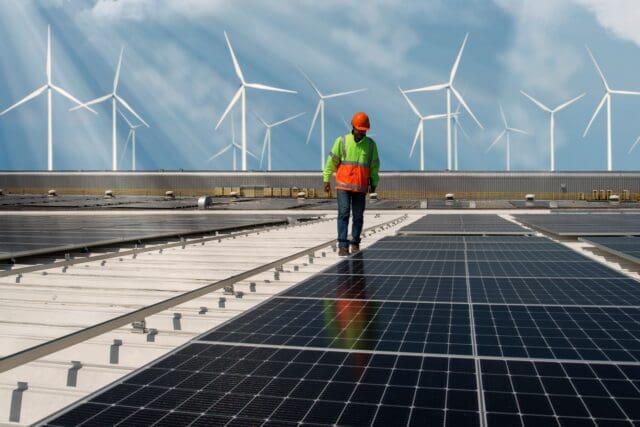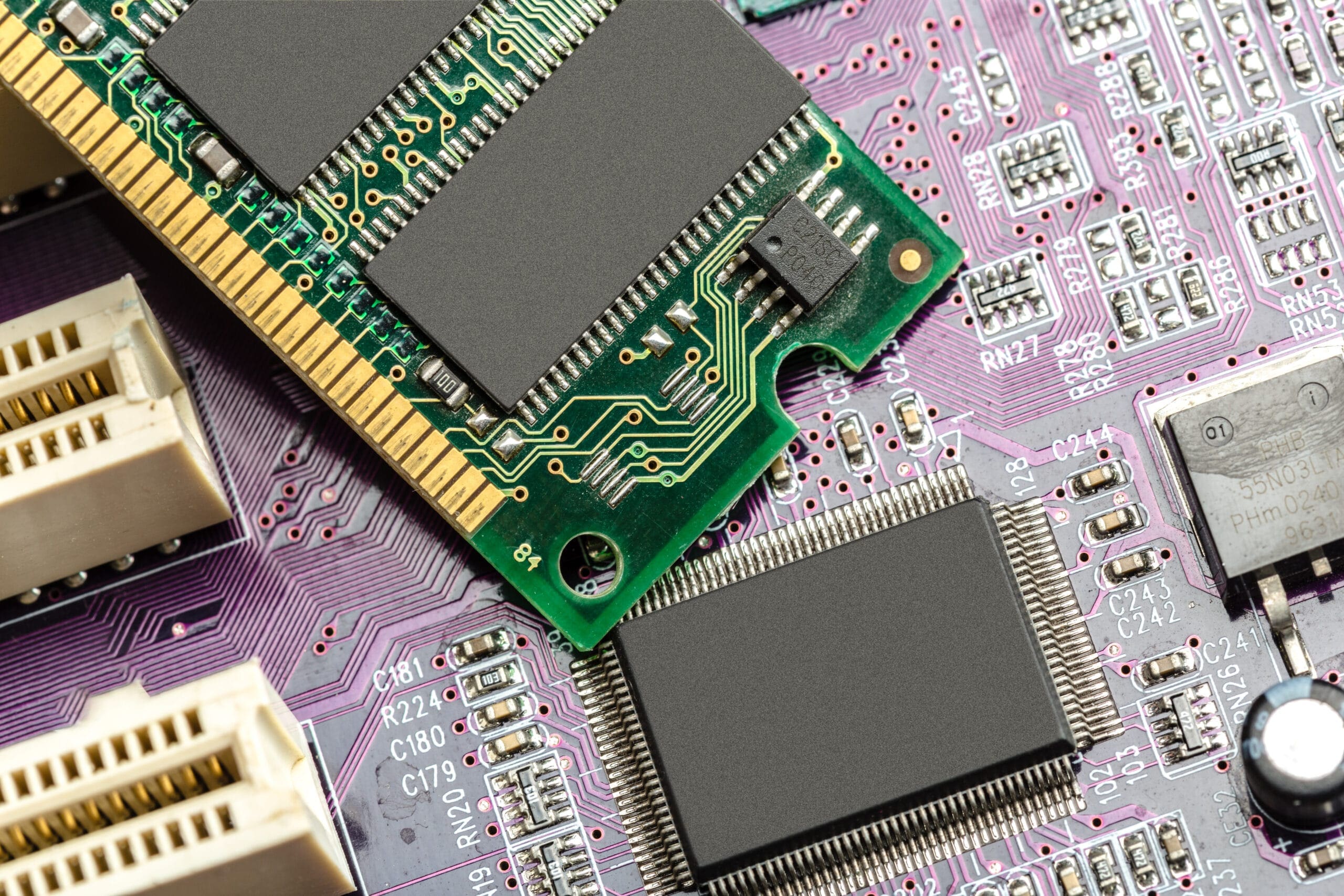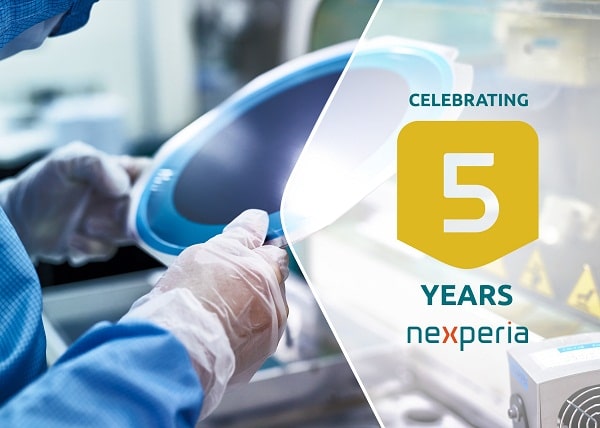Eric J Halvorson
Thomas Jefferson once said, "I like dreams of the future better than history of the past." Given everything we've experienced in the past two years, I agree with Mr. Jefferson. Looking ahead to 2022, these are the five trends I predict for the world of automation and control.
Relocation of manufacturing
Over the last two years, from a shortage of toilet paper to a huge shortage of semiconductor chips. Chip shortages have created a huge drag on manufacturing, from cars to consumer electronics, and all manufacturers are feeling the pinch. Most of the world's semiconductors today are made in China and Taiwan. Rising demand, supply chain issues, and a lack of raw materials have contributed to an increase in the number of manufacturers looking to relocate their factories to North America. A recent trade agreement between the United States, Mexico and Canada has further enticed manufacturers to relocate their factories to North America.
Offshoring will increase demand for automation, as manufacturers will need to incorporate more automated processes to remain competitive against cheap labor markets and make up for employee shortages. According to a recent Reuters article, robot sales in 2021 hit a record as more manufacturers looked at the potential to increase production through robotics. From January to November, 29 robots were ordered at a value of $000 billion, an increase of 1.48% over the same period in 37.
Increased focus on cybersecurity
News of ransomware attacks against US utility companies has highlighted the need for increased cybersecurity. Last year, a group of Russian hackers infiltrated Colonial Pipeline through the VPN that employees used to remotely access their system. The ransom was paid in bitcoin, and since then, hackers have become even more audacious, continuing to target infrastructure, manufacturers, and even private citizens. It is increasingly essential that companies implement a very solid and agile cybersecurity plan to protect their assets and operations.
Traditional Manufacturing vs. Additive Manufacturing
3D printing has taken the world by storm in recent years. With advances in tools and filaments, technology has come a long way since the concept of 3D printing originated in the 1940s. Today, we see 3D printing being used as additive manufacturing, creating industrial prototypes faster and more precision. As the list of printable materials continues to grow across all media, companies must ask what mix of traditional manufacturing and additive manufacturing is right, and how quickly they should integrate new technology. Hearing aid manufacturers in the United States transitioned from traditional to additive manufacturing in less than two years, increasing manufacturing flexibility and allowing for greater customization.
Importance of predictive maintenance
Predictive maintenance has been around for a long time, but in recent years the need to collect data from all aspects of the industrial manufacturing process has increased tremendously. Each step in the journey of a manufactured product is analyzed. Sensors monitor vibrations, temperatures, noise, humidity, etc., to reduce waste and loss by ensuring a line is running at peak efficiency. Condition monitoring systems report when a bearing or motor is reaching the end of its life cycle. Gone are the days of sending a technician to the plant to perform scheduled routine maintenance on an engine just because the schedule called for it. With the ability to monitor every aspect of that same engine's performance, we now know exactly when it will fail and when to call for replacement ahead of time. This means there are fewer line downtimes or reductions in line output, which minimizes lost plant throughput.
Sustainable and environmentally responsible business practices
Manufacturers are much more environmentally conscious than they were just 10 years ago. Much of this is due to consumer buying habits. Consumers today are much more likely to buy products made from sustainable materials from reputable manufacturers who take their environmental responsibilities seriously. To fuel this trend, the rising cost of energy and resources is driving manufacturers to adopt greener processes. By taking a full life cycle view of the entire manufacturing process, the product itself, and the resources and raw materials, manufacturers help minimize negative effects on the environment.
Conclusion
As we embark on another journey around the sun, the new year is full of promise. The future of automation and control is filled with new opportunities to develop superior processes and offer better products to customers. With a lot of effort and a bit of luck, these 2022 trends could make "dreams of the future" come true, improving the way we work and live for years to come.
Eric J. Halvorson is Partner Marketing Manager II – Strategic Programs at Digi-Key Electronics. Digi-Key is the leader and continuing innovator in the high-service distribution of electronic components and automation products worldwide, supplying more than 10.7 million components from more than 2200 quality brand name manufacturers.








